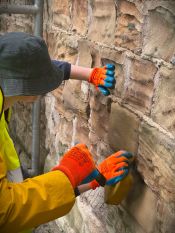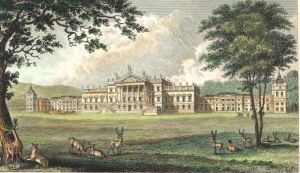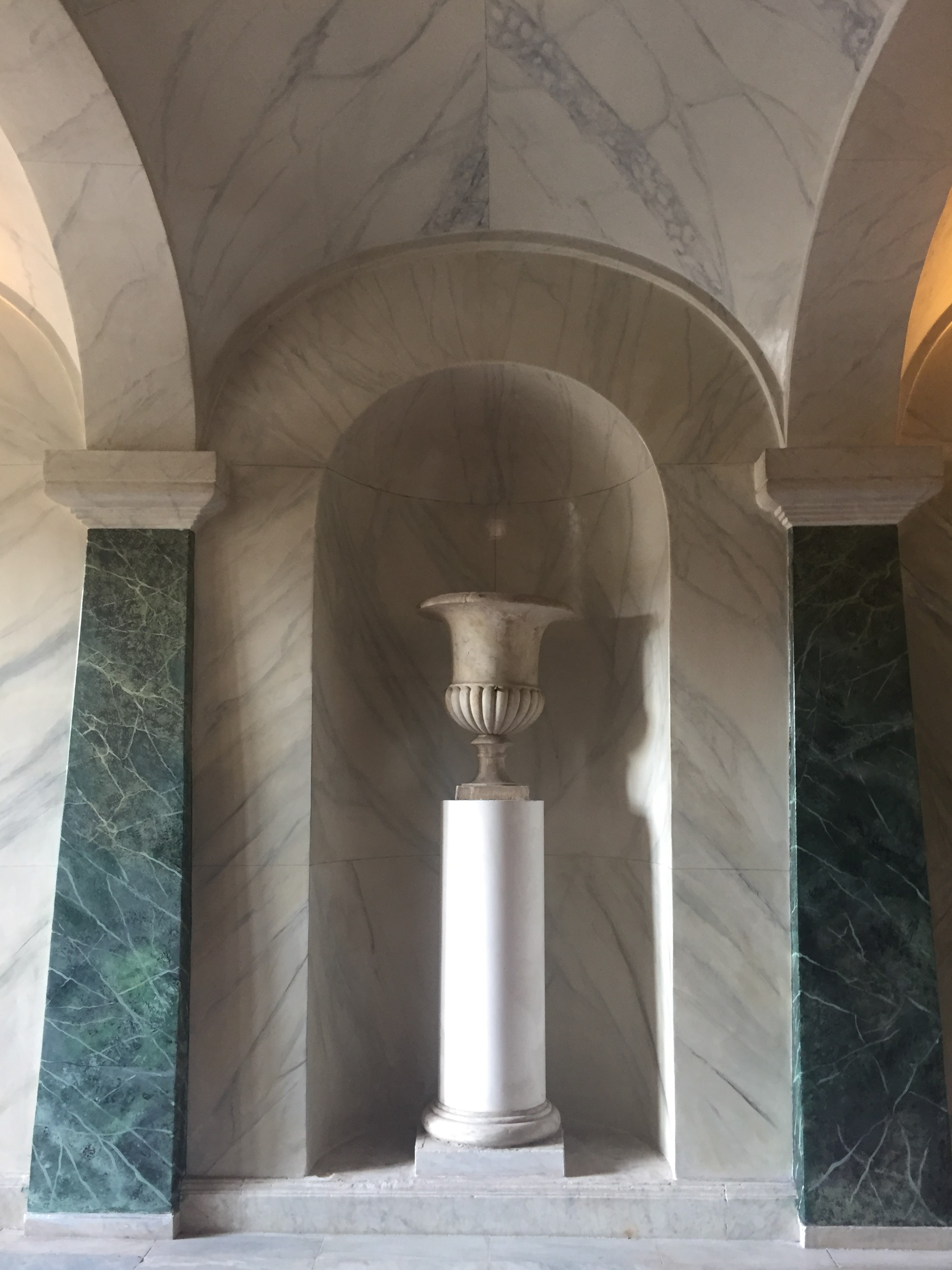Faux Marbling and Traditional Paints Training
Womersleys will run their final built heritage training day for Leeds City Council, for this year, at the Art Hostel on Kirkgate on the 6th of November. The day will introduce attendees to the historical development of paint and we will make lime wash, distempers, water glass finishes and use traditional linseed oil based paints. There will also be an opportunity to try all these paints and have a go at Faux Marbling. The event starts at 10am and can be booked via laura.hodson@leeds.gov.uk
The illustration above is probably early 19th century painted on timber wainscoting and skirting boards in a Baroque Pallazo dating from the beginning of the 18th centuries when decorative faux paint finishes were also popular.
Natural plant oil based paints appear to have been used to create the fake cornice and traditional distempers for the wainscoting.
In most instances the ground used in oil and distemper fake finishes was the same. In the latter, it was suggested that, once the ground was dry, it should be wiped with a damp cloth as this would allow the distemper colour to adhere better. Distemper graining pigments were often ground very finely in beer and thinned for use with weak beer and water. As a distemper medium gave less protection to its constituents than oil, the work was almost always varnished.
Probably early 19th century painted on timber wainscoting and skirting boards in a Baroque Pallazo dating from the beginning of the 18th centuries when decorative faux paint finishes were also popular.
Natural plant oil based paints appear to have been used to create the fake cornice and traditional distempers for the wainscoting.
In most instances the ground used in oil and distemper fake finishes was the same. In the latter, it was suggested that, once the ground was dry, it should be wiped with a damp cloth as this would allow the distemper colour to adhere better. Distemper graining pigments were often ground very finely in beer and thinned for use with weak beer and water. As a distemper medium gave less protection to its constituents than oil, the work was almost always varnished.

Related Articles

The steps members of the Waterton’s Wall restoration team, with support from Mark Womersley, have been following to consolidate, conserve and repair this historic wall that represents the successful efforts of Charles Waterton to preserve the wildlife that lived on his estate near Wakefield in West Yorkshire.
1. Fill deep voids behind the wall’s facing stones with deep pointing work. The works involve …

Mark spent a day recording a historic timber-framed garden building at Woodsome Hall
Mark Womersley, as part of his voluntary work with the Yorkshire Vernacular Buildings Study Group, spent…

M Womersleys were delighted to offer a day of tutoring to those who attended the Wentworth Woodhouse Working Party
M Womersleys were delighted to offer a day of tutoring to those who attended the Wentworth Woodhouse…
